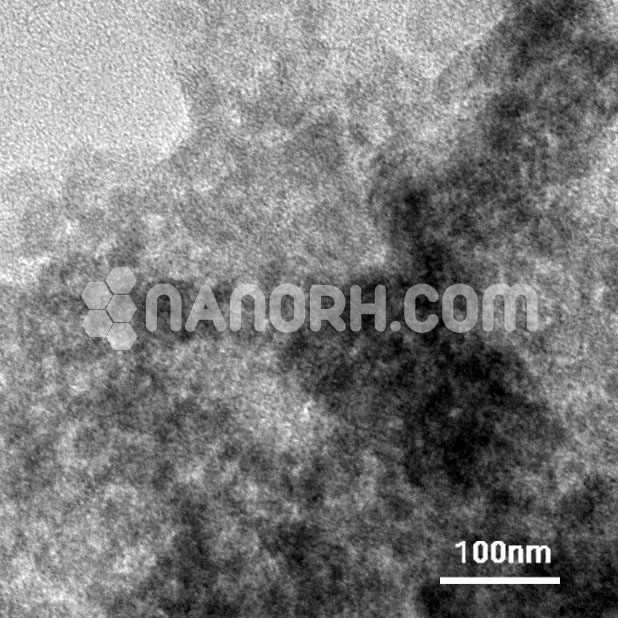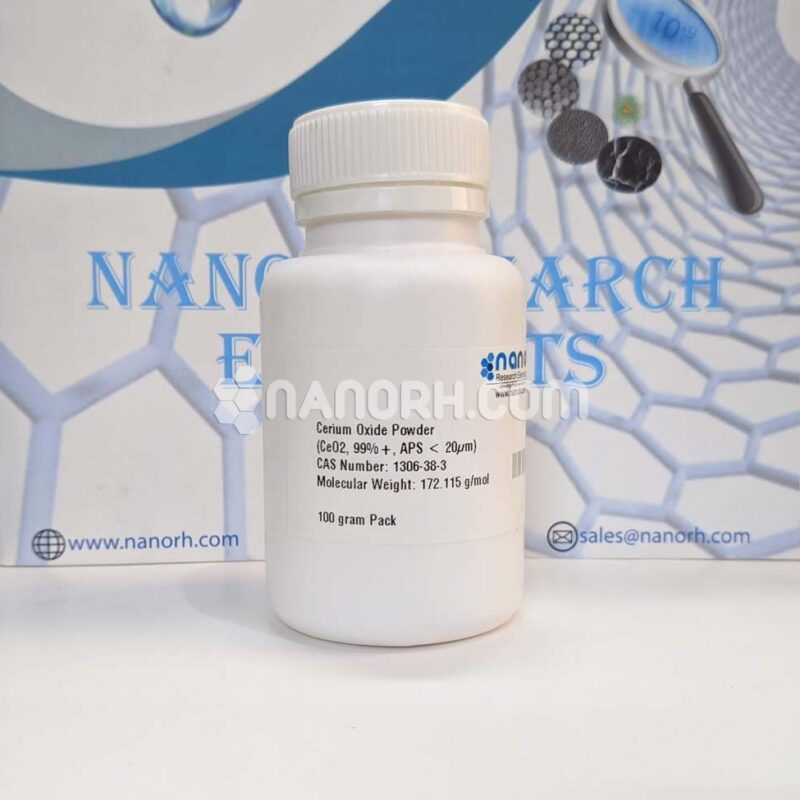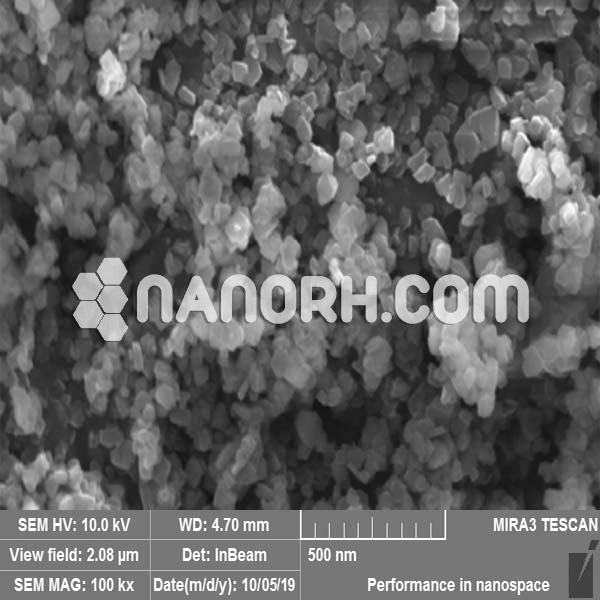| Indium III Nitride Nanoparticles | |
| Product No | NRE-5109 |
| CAS No. | 207398-97-8 |
| Formula | InN309.XH2O |
| APS | <100nm (Can be Customized) |
| Purity | 99.9% |
| Color | Off-White |
| Molecular Weight | 300.83g/mol |
| Density | 7.17g/cm3 |
| Melting Point | 1910°C |
| Boiling Point | NA |
Indium III-Nitride Nanoparticles
Indium(III) nitride nanoparticles is a compound made up of indium (In) and nitrogen (N) in a 1:1 ratio. It typically exists as a grayish-black solid and is a member of the III-V semiconductor family, which also includes compounds like gallium nitride (GaN) and aluminum nitride (AlN). As nanoparticles, InN exhibits unique properties due to its small size, high surface area, and quantum effects, which differ significantly from its bulk counterpart.
Applications
Electronics and Optoelectronics
Light Emitting Diodes (LEDs): InN nanoparticles are widely used in the development of LEDs and laser diodes, particularly in the infrared (IR) spectrum. Their direct bandgap allows for efficient light emission in optical communication systems, displays, and lighting technologies.
Catalysis
Catalytic Reactions: Due to their high surface area and reactivity, InN nanoparticles are studied for use as catalysts in a range of chemical reactions, including hydrogenation, oxidation, and fuel conversion. The semiconductor properties of InN make it an efficient catalyst in several important industrial reactions.
Environmental Catalysis: InN nanoparticles show potential in environmental catalysis for the degradation of pollutants and wastewater treatment. Their catalytic activity can break down toxic chemicals and organic pollutants, helping reduce environmental contamination.
Sensing and Detection
Gas Sensors: InN nanoparticles are being explored for gas sensing applications due to their high surface reactivity and the ability to detect various gases such as carbon dioxide (CO₂), ammonia (NH₃), and nitrogen oxides (NOₓ). They can be used in environmental monitoring and industrial safety applications, detecting hazardous gases in real-time.
Energy Applications
Thermoelectric Materials: InN nanoparticles are studied for their thermoelectric properties, which allow them to convert heat into electricity. This makes them useful for energy harvesting applications, where waste heat from industrial processes or electronics can be converted into usable energy.




